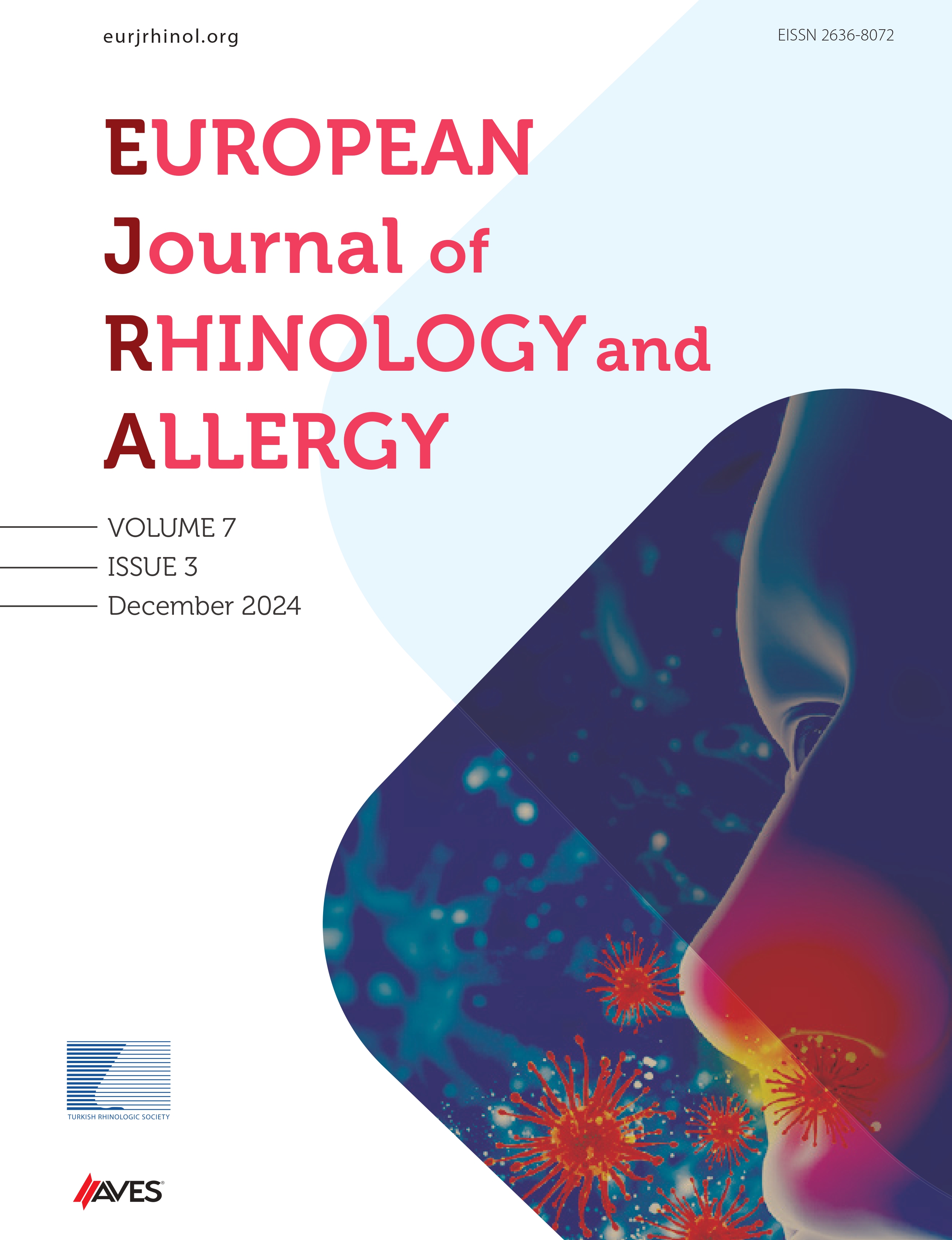Abstract
Objective: Endonasal endoscopic techniques have been widely used with different tissues to close the cerebrospinal fluid (CSF) fistula defects. The use of a rigid graft material is generally proposed for larger defects and in patients with an increased intracranial pressure. We investigated possible changes such as dural sagging, which may be developed at the level of the skull base in patients with CSF rhinorrhea, operated without a rigid graft.
Material and Methods: Patients with anterior skull base CSF rhinorrhea managed by the transnasal endoscopic approach between January 2007 and December 2015 at a tertiary medical center hospital were included in this study. During that period, a total of 40 patients were operated for the CSF fistula using transnasal endoscopy. The standard magnetic resonance (MR) cisternography imaging (initial scans and all the available follow-up studies) of the patients were retrospectively evaluated by an experienced neuroradiologist.
Results: Among the 55 patients whose CSF rhinorrhea was reconstructed without a rigid graft, only 18 patients had preoperative and postoperative MR cisternography that we could evaluate. The mean size of the skull-base defects detected during surgery was 8.4 mm (3 mm-20 mm; ±5.1 mm). The number of patients with a defect greater than 10.0 mm was 9. Accompanying meningocele or encephalocele was present in 9 of the patients. The two-layered fascial graft (temporal muscle fascia [n=10], fascia lata [n=8]) was used to repair the defect in all cases. There were no signs of the CSF leakage in any of the MR cisternographies. The areas of encephalomalasia were noticed in 6 cases. Dural layer continuity was not well seen in 3 cases. There were no signs of encephalocele observed in the coronal and sagittal section in any patient.
Conclusion: All the practice regarding the usage of rigid grafts in the CSF rhinorrhea repair depends on the theoretical acceptance and beliefs. This study has shown that the rigid graft use is not a must for the CSF rhinorrhea surgery, especially for the small and medium-sized defects.
Cite this article as: Özer S, Yücel ÖT, Mocan B, Günaydın RÖ, Kuşçu O, Öğretmenoğlu O, et al. Results of the Endoscopic Anterior Skull Base Cerebrospinal Fluid Rhinorrhea Repair Without a Rigid Graft: A Retrospective Analysis. Eur J Rhinol Allergy 2018; 1: 32-48.

.png)

.png)